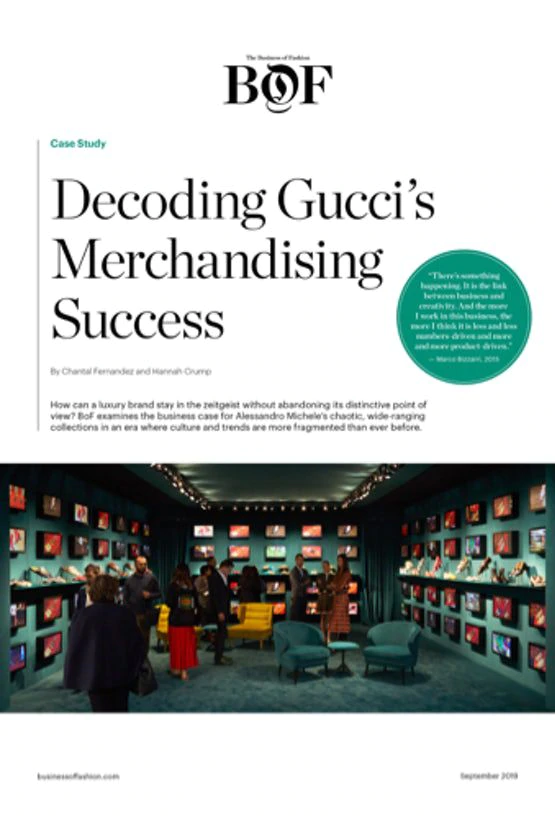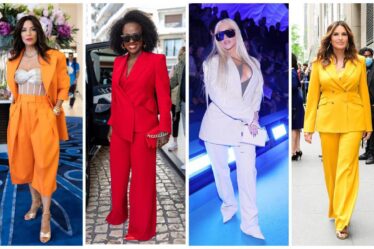
At the start of the Marco Bizzarri and Alessandro Michele era at Gucci in 2015, industry analysts wondered if the brand would break from the aesthetic of the ultra-sexy Tom Ford Gucci era, which had been continued by Ford’s successors long after he had left the business in 2004. But the brand’s new leaders recognised that culture had changed radically in the intervening decades: sexuality and gender were increasingly fluid, and the internet had turned niche interests into mass market trends with much shorter lifespans.
Michele’s fantastical design lexicon came at exactly the right time, providing a rich world of escapism for the luxury shopper that was a near-instant hit and has managed to continue to captivate shoppers.
Key to Gucci’s success is a simultaneous creative and merchandising strategy that has shrewdly brought equal attention to short-term fads and staple products which, under Michele and Chief Merchandising Officer Jacopo Venturini‘s control, feel part and parcel of the same universe.
While the approach led to dramatically fast growth in the first years, sales have started to slow down in 2019, decreasing 2 percent year-over-year in North America in the second quarter of 2019. During the same period, the sales growth rate in the Asia Pacific region also slowed to 23 percent versus 47 percent the prior year.
In our latest in-depth case study, BoF examines Gucci’s powerful merchandising strategy and explores how it has driven record-breaking growth, while also addressing the challenges Gucci faces now as the mega-brand starts to lose its “cool” factor and slow down in growth.
Click below to read the case study now.


